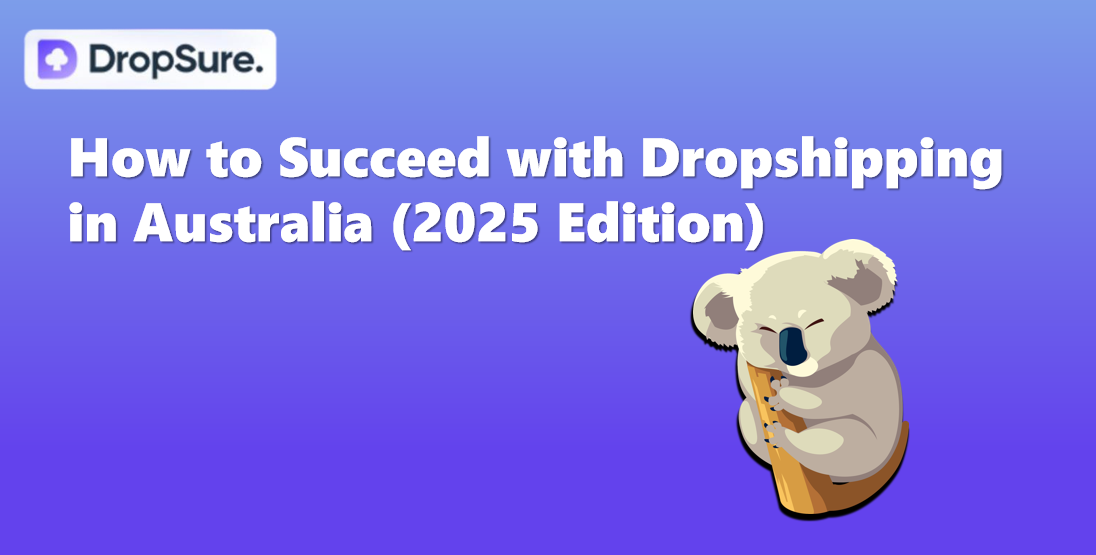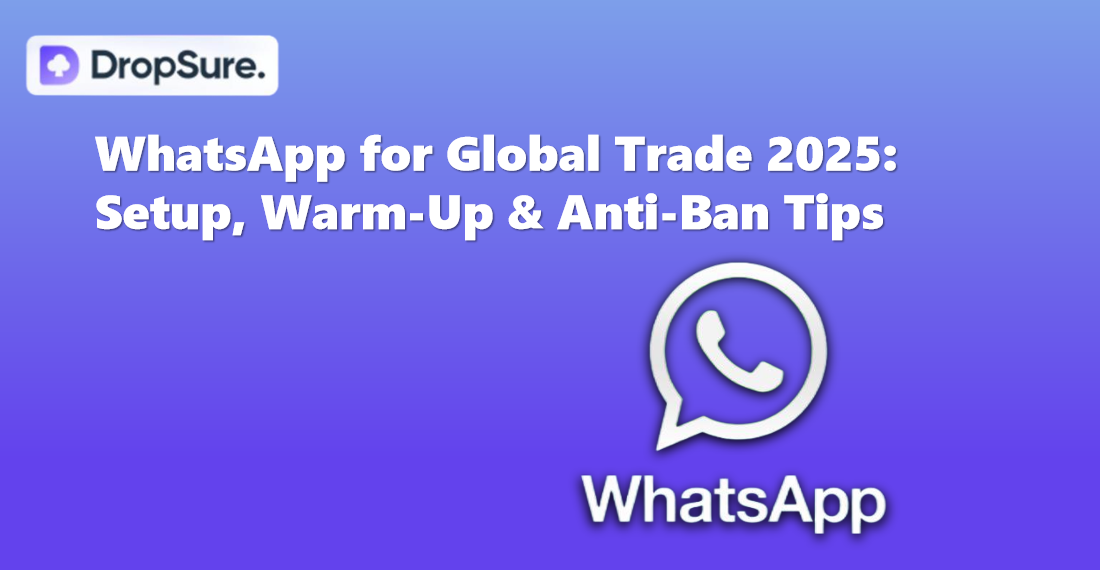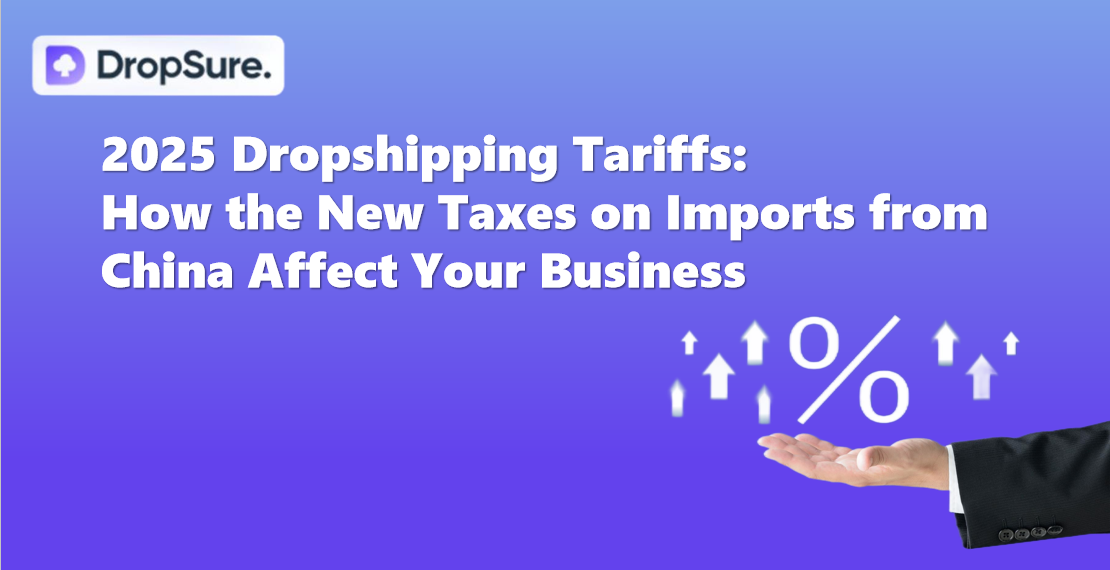April 10, 2025
April 9, 2025
April 8, 2025
April 6, 2025
April 3, 2025
April 2, 2025
DropSure is Your
Best Partner
22 Years Experience
Affiliate Rebates
100% Quality Guarantee
Top-Up Rewards
10+ Global Warehouses
Custom Branding Support
Smart inventory System
24/7 Customer Support
Get a Quote in 24 Hours






